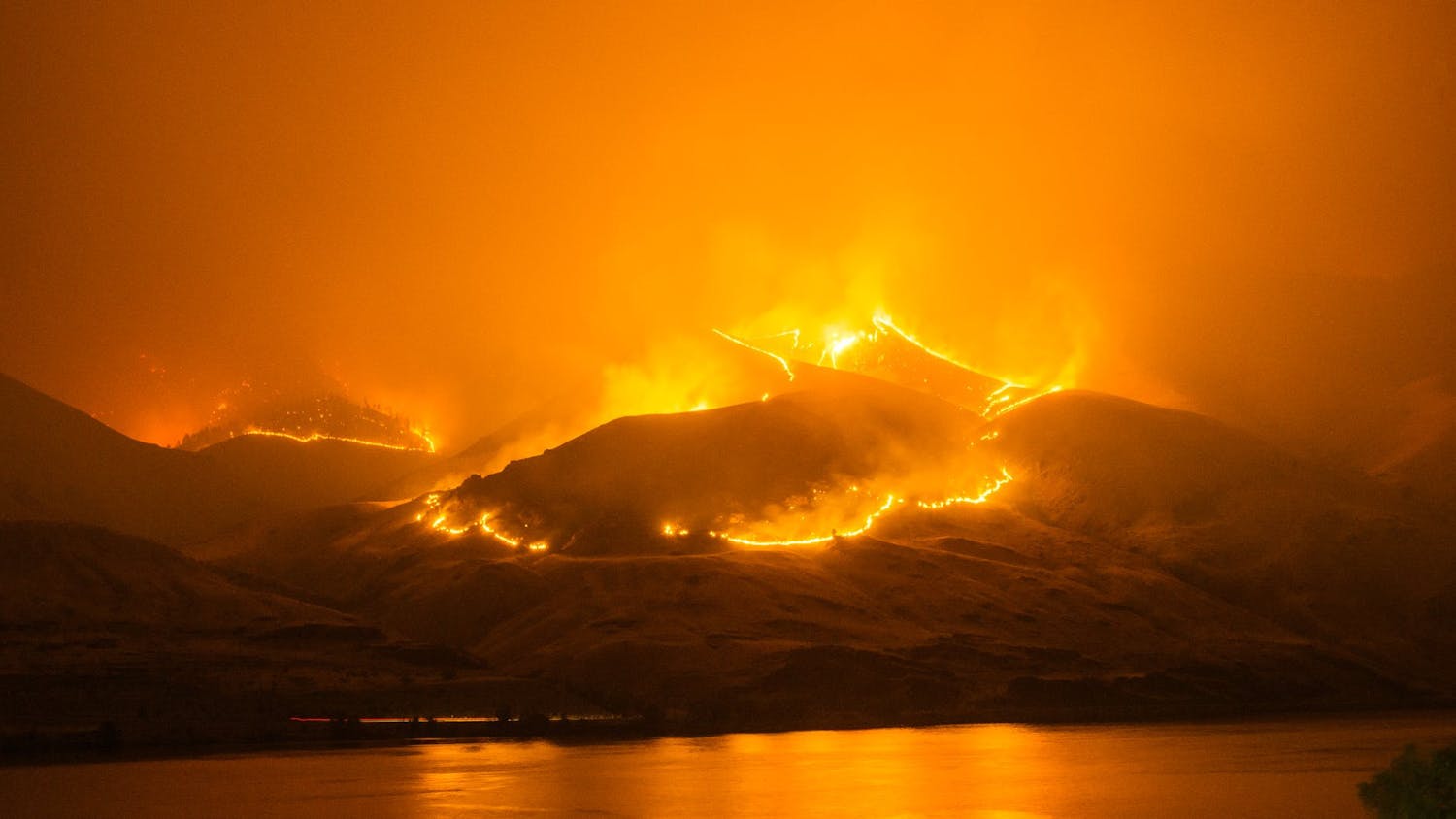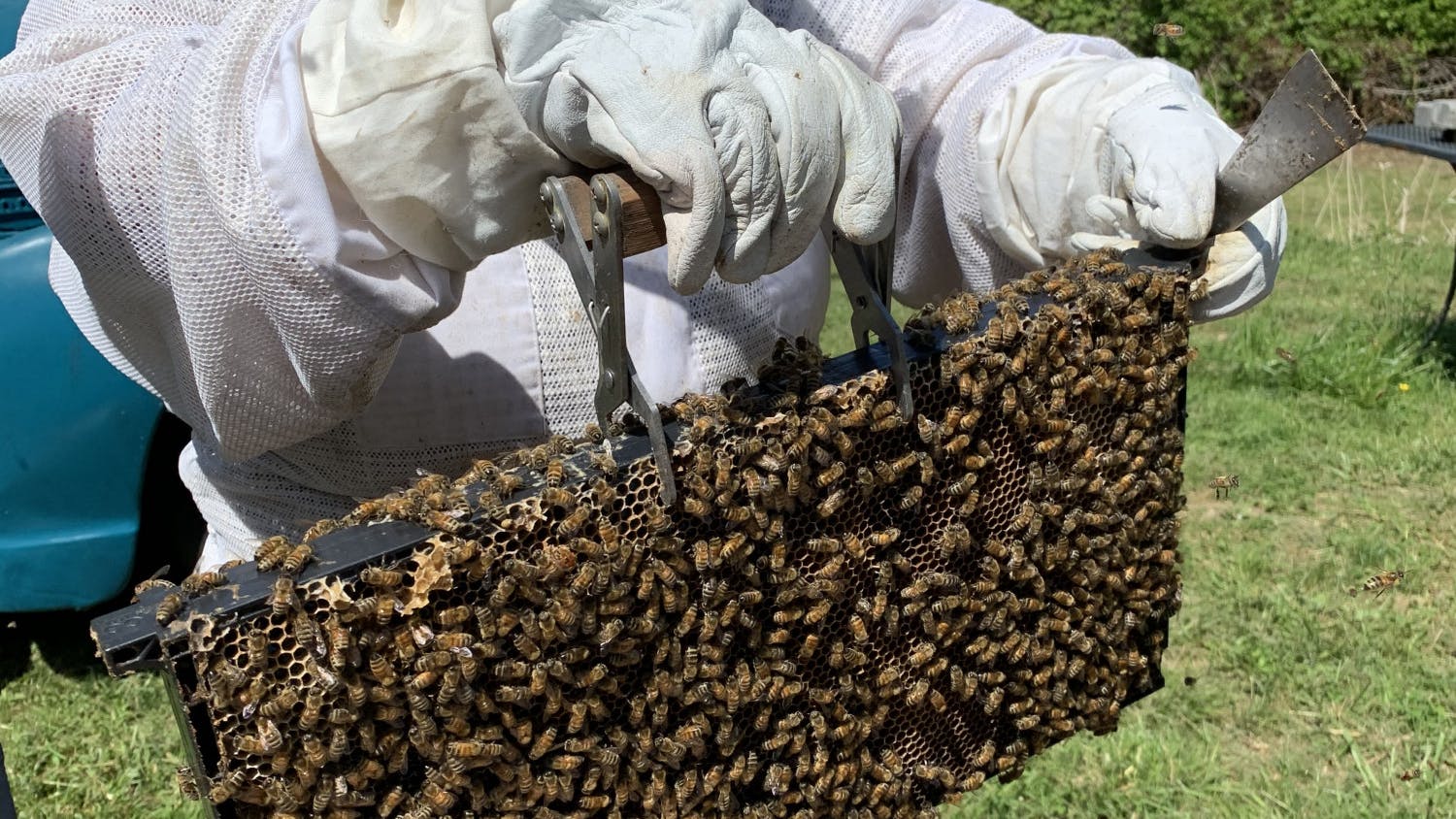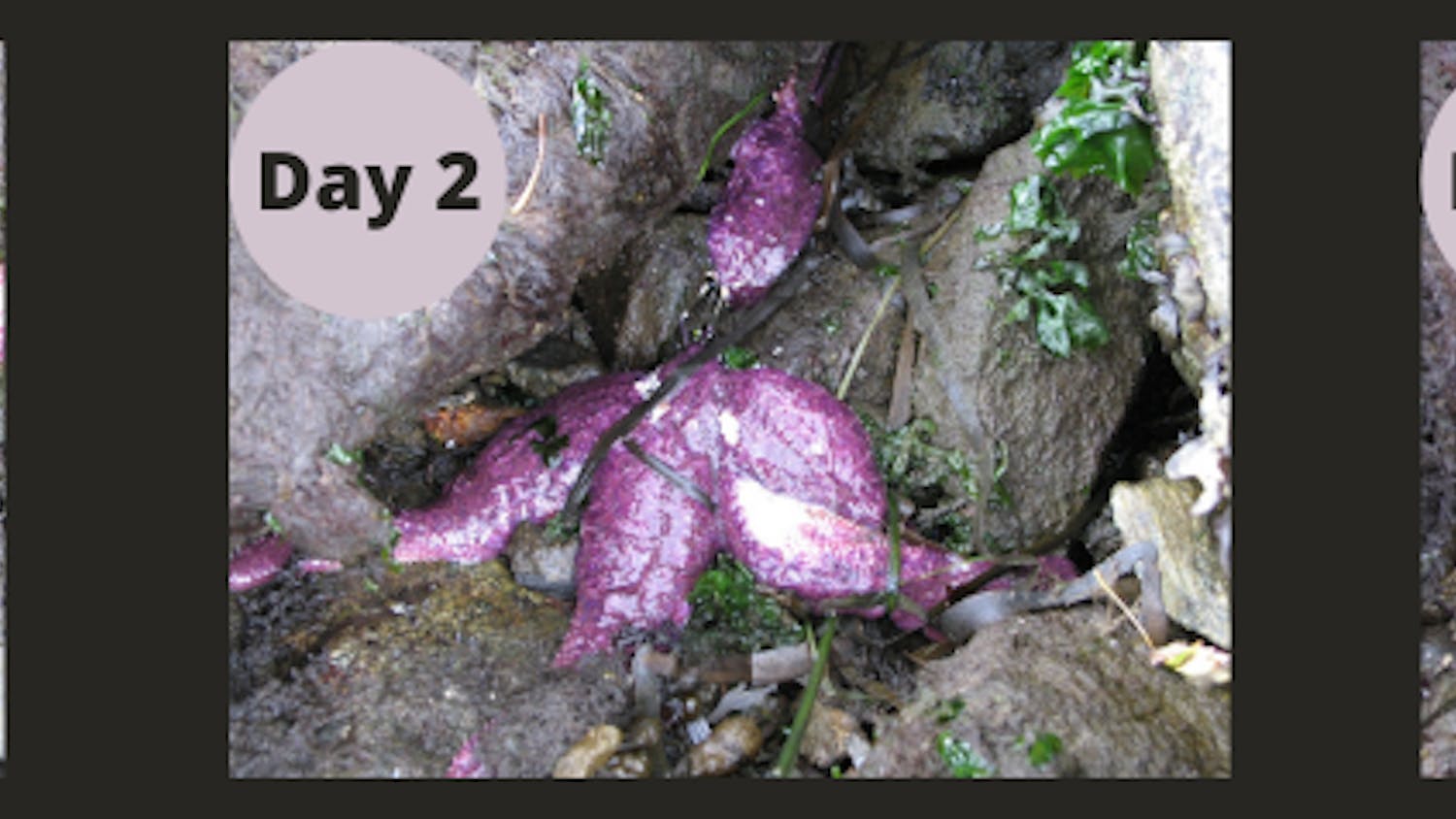Fishers, cat-sized mammals related to the weasel family, are slowly making a comeback in Washington after their extirpation in the mid 1900s due to habitat loss, over-trapping and incidental deaths.
Dave Werntz, science and conservation director at Conservation Northwest, said that the fishers’ reintroduction has been a success. Conservation Northwest has released more than 250 fishers in the state since 2008 in collaboration with The National Park Service, the Washington Department of Fish and Wildlife, Calgary Zoo and other stakeholders including tribes.
The fishers are taken from Canada, where trappers capture them with live traps designed to protect the animals from being harmed. Werntz said trappers are trained to take good care of the fishers captured for this program.
The fishers are then brought to the Calgary Zoo where veterinarians examine them and surgically implant transmitters under their skin, in proximity of the breastbone, said Jeff Lewis, a mesocarnivore conservation biologist at the Washington Department of Fish and Wildlife. These transmitters are about the size of a 10 gauge shotgun shell — a cylinder that is an inch in diameter and 4 inches long, he said.
The transmitters are safer than collars, Lewis said. Collars in fact can choke the animal as it grows or cause an infected skin rash. Collars can also get stuck in places and put the animal at risk, or the animal can get a leg stuck in an attempt to remove it. Furthermore, collars are less durable and can tear apart or be bitten off.
The last Canadian stop is Abbotsford, British Columbia, where members of the Department of Fish and Wildlife pick them up and drive them to Washington, Lewis said.
Werntz said it’s necessary to release a balanced amount of male and females to allow for reproduction in areas where they can find partners and mate. Individuals are brought before Jan. 1 to give them time to adjust to the new environment and be ready for the mating season, which Werntz said begins in late February.
Once the fishers are free, a fixed wing cessna plane flies over the area where they have been released and monitors their activity with the use of antennas and receivers that connect to the transmitters inside the animals, Lewis and Werntz said.
Staff on board of the plane then mark the areas where they detect the presence of fishers on a map and write down their GPS location, Lewis said.
Biologists particularly look for signs of reproduction. When a female reduces her movement area and becomes more stationary, that means she has babies. When they spot a mother, they look for her tree and place three little plastic cameras aiming at her den to film her movements. Sometimes mothers are seen going in and out of the tree to feed their babies, or to carry them, Lewis said.
To obtain the footage, they take the SD card out of the cameras after about a week or two. Some fishers, Lewis said, feel threatened when they see the cameras and leave.
Lewis said that they hope to use hair snares one day, which are devices that capture some of an animal’s fur as it moves past it. Then, scientists can collect the hair bulbs which contain tissue and DNA and determine if the animal is an offspring and if so, who its parents are or were. By doing that, Lewis said they are also able to understand if an individual that went missing was still alive after they lost track of it.
Reproduction is not easy to document, and sometimes they don’t mate for a variety of reasons, Lewis said.
“It’s not like every female reproduces every year. They die, their transmitters die, they don’t mate, they’re too young to mate, their kits die, they might not find males,” Lewis said. Often, they bring juveniles because they are easier to catch but not mature enough to reproduce immediately, he said.
The objective is to document at least one successful reproduction, which could indicate that other fishers are breeding as well.
“It’s a modest goal,” Lewis said. But they are also looking for other signs of reproduction. “We want to know there’s widespread reproduction, but it’s not always possible to document that, so we set these modest goals.”
On April 18, state and federal biologists found that one of the fishers released, Luna — AKA Fisher F105 — gave birth to four kits in the North Cascades. This is the first documented reproduction of wild fishers in the North Cascades in half a century, according to a press release by Conservation Northwest.
“I was thrilled,” Werntz said. “That was the first documentation that the fishers were reproducing in the North Cascades. That was a really strong indication that the North Cascades has what fishers need to survive and thrive.”
Between 2018 and 2020, 89 fishers were released into the North Cascades National Park Service Complex and Mount Baker-Snoqualmie National Forest, according to the press release.
Lewis said there is enough habitat in Washington to restore a self-sustaining population. According to the press release, 60 private landowners have signed agreements to protect fishers in a surface area of 3,318,283 acres in Washington.
Fishers prey on smaller mammals, including porcupines.
“Without fishers in places, porcupine populations have grown really really large and have become a problem for foresters who are dealing with porcupine damage in commercial forest crops,” Lewis said. Ever since fishers have been reintroduced, there has been less damage to those crops, he said.
Fishers are also important because they are food to large predators like cougars, wolves, owls and other raptors, Werntz said.
Werntz said that the involvement of First Nations and Tribes in Canada and the U.S. helped with reintroduction efforts.
Frank Bob, Lummi National Resources Policy Representative, attended the release of a fisher in the North Cascades some years ago. He said the fisher did not want to leave the cage it was in, but the traditional songs sang and drummed by the Lummi Tribal School Students seemed to have attracted the animal to the outside.
It was an important event for indigenous communities. Fishers were extirpated after European settlers came in.
“It's our belief that the creator put everything here in a place not for us just to use but for us to protect. And that's what our people have done since time immemorial,” Bob said. “You can’t take our resources without taking a chip of our cultural identity away with it.”








